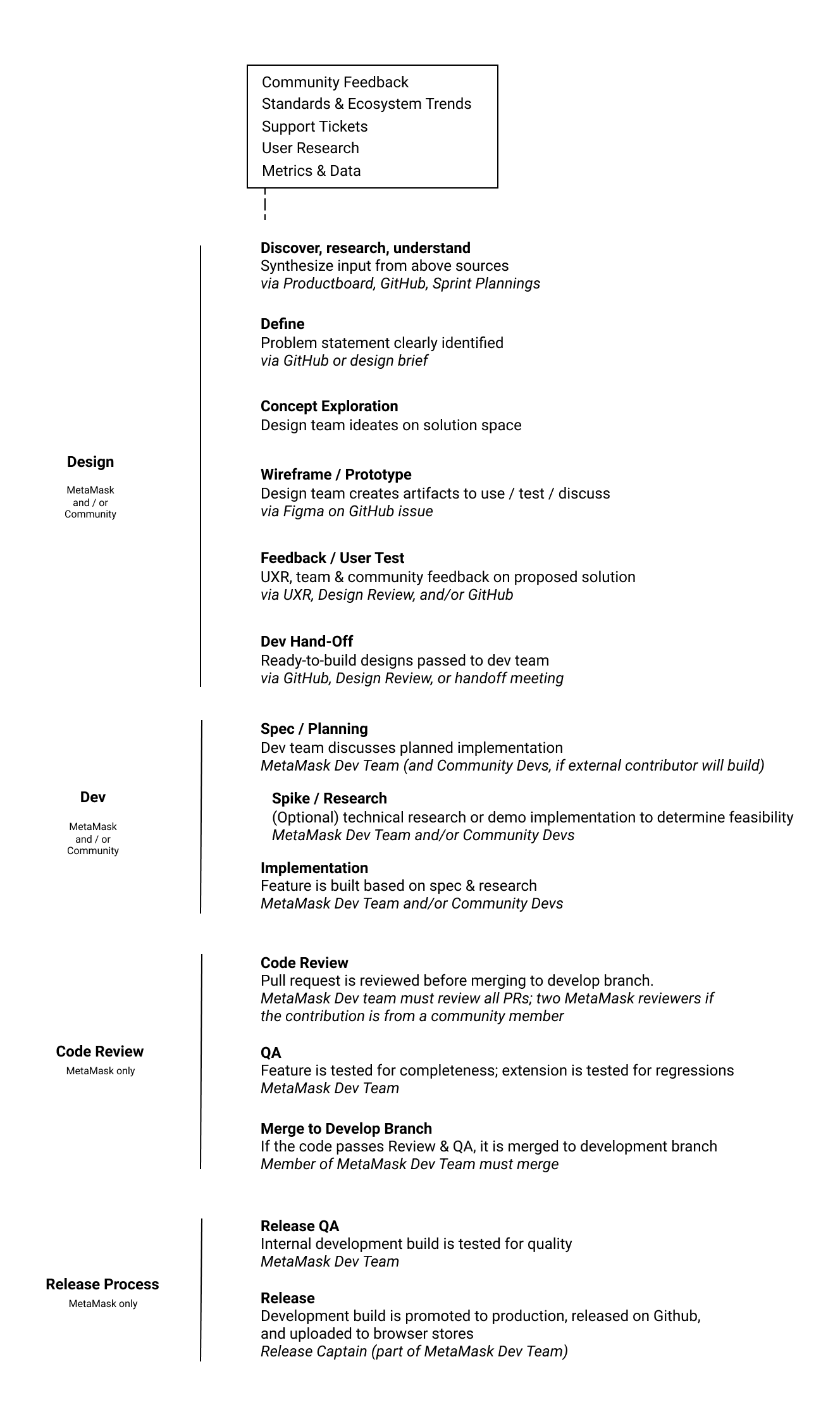As a solution to the constant lockfile churn issues we've had with `npm`, the project now uses `yarn` to manage dependencies. The `package-lock.json` file has been replaced with `yarn.lock`, which was created using `yarn import`. It should approximate the contents of `package-lock.json` fairly well, though there may be some changes due to deduplication. The codeowners file has been updated to reference this new lockfile. All documentation and npm scripts have been updated to reference `yarn` rather than `npm`. Note that running scripts using `npm run` still works fine, but it seemed better to switch those to `yarn` as well to avoid confusion. The `npm-audit` Bash script has been replaced with `yarn-audit`. The output of `yarn audit` is a bit different than `npm audit` in that it returns a bitmask to describe which severity issues were found. This made it simpler to check the results directly from the Bash script, so the associated `npm-audit-check.js` script was no longer required. The output should be exactly the same, and the information is still sourced from the same place (the npm registry). The new `yarn-audit` script does have an external dependency: `jq`. However, `jq` is already assumed to be present by another CI script, and is present on all CI images we use. `jq` was not added to `package.json` as a dependency because there is no official package on the npm registry, just wrapper scripts. We don't need it anywhere exept on CI anyway. The section in `CONTRIBUTING` about how to develop inside the `node_modules` folder was removed, as the advice was a bit dated, and wasn't specific to this project anyway.
3.2 KiB
Publishing Guide
When publishing a new version of MetaMask, we follow this procedure:
Overview
The below diagram outlines our process for design, development, and release. Building MetaMask is a community affair, and many steps of the process invite participation from external contributors as indicated. All QA, code review, and release of new versions is done by members of the core MetaMask team.

Preparation
We try to ensure certain criteria are met before deploying:
- Deploy early in the week, to give time for emergency responses to unforeseen bugs.
- Deploy early in the day, for the same reason.
- Make sure at least one member of the support team is "on duty" to watch for new user issues coming through the support system.
- Roll out incrementally when possible, to a small number of users first, and gradually to more users.
Incrementing Version & Changelog
Version can be automatically incremented by creating a branch with the name Version-vX.Y.Z, where X, Y, and Z are numbers. Branches should be created off of the main branch. Branches can be created on GitHub.
Once a version branch has been created, a build on CircleCI will create a Pull Request for the release with the app manifest and changelog versions bumped.
Preparing for Sensitive Changes
In the case that a new release has sensitive changes that cannot be fully verified prior to publication, please follow the sensitive release protocol.
Building
While we develop on the main develop branch, our production version is maintained on the master branch.
With each pull request, the @MetaMaskBot will comment with a build of that new pull request, so after bumping the version on develop, open a pull request against master, and once the pull request is reviewed and merged, you can download those builds for publication.
Publishing
- Publish to chrome store.
- Visit the chrome developer dashboard.
- Publish to firefox addon marketplace.
- Publish to Opera store.
- Post on Github releases page.
- Run the
yarn announcescript, and post that announcement in our public places.
Hotfix Differences
Our develop branch is usually not yet fully tested for quality assurance, and so should be treated as if it is in an unstable state.
For this reason, when an urgent change is needed in production, its pull request should:
- Describe it as a hotfix.
- Use a hotfix tag.
- Should be proposed against the
masterbranch.
The version and changelog bump should then be made off the master branch, and then merged to develop to bring the two branches back into sync. Further time can be saved by incorporating the version/changelog bump into the PR against master, since we rely on @MetaMaskBot to run tests before merging.